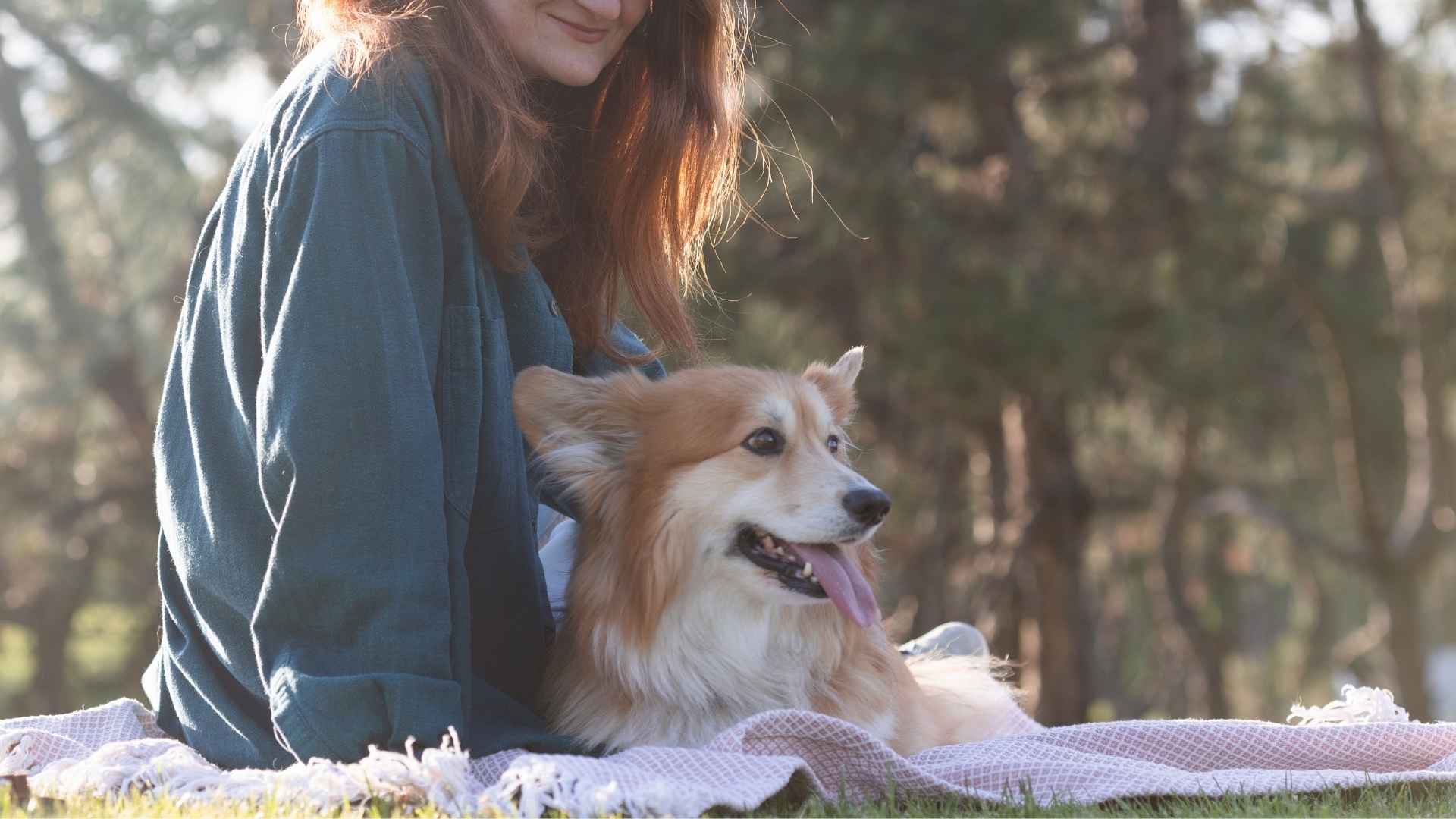Tired of seeing “good with kids” on dog breed descriptions, only to bring home a furball that treats your living room like a racetrack?
Not all dogs are built for calm companionship, and picking the wrong breed can mean years of mismatched energy levels. The truth is, some dogs are naturally wired for peaceful living—born with an inner chill that makes them perfect for quieter homes, first-time owners, or families seeking a gentle pet.
These docile breeds don’t need constant entertainment or three-mile runs to be happy. They thrive on simple pleasures: your company, comfortable spots to rest, and gentle attention. While they still need proper care and exercise, their baseline temperament starts at “relaxed” rather than “ready to party.”
In this guide, we’ll introduce you to seven breeds whose idea of a good time aligns with lounging, loving, and living harmoniously with their humans.
Docile Companion Dog Breeds
1. Bernese Mountain Dog
The Bernese Mountain Dog stands out with its striking tricolor coat and massive frame, often weighing up to 115 pounds. Originally bred as farm dogs in Switzerland, these gentle giants made their way to the U.S. in the 1920s and eventually settled into life as cherished family companions.
Despite their size, Berners are known for their sweet nature and gentle spirit. They’re often calm around the house, patient with children, and get along well with other dogs, making them a great fit in multi-pet homes. Their affectionate personality adds to their charm as one of the most loyal dogs around.
They love a good play session and enjoy activities like hiking or neighborhood walks, but they also have a mellow side that makes them easy to live with. Berners respond well to positive reinforcement, and their eagerness to please makes training a rewarding experience.
Due to their strength, early leash training is important to prevent any unintentional tumbles. And with their thick double coat, regular grooming is a must—they do shed, and you’ll definitely notice.
Whether they’re pulling carts or practicing nose work, Berners are happiest when they’re engaged and close to their humans. Their calm energy and loving disposition make them one of the best gentle dog breeds to share your life with.
2. Cavalier King Charles Spaniel
With roots tied to British royalty, the Cavalier King Charles Spaniel has a long history of companionship. King Charles I and II were so fond of them, they even brought these little lap warmers into Parliament.
These pups were originally bred to keep laps warm during cold carriage rides, and that cozy nature still defines them. Their gentle, affectionate personality makes them one of the friendliest dogs for both families and individuals.
They’re also smart and eager to please, which makes training a smooth process. Cavaliers can pick up on obedience and agility skills quickly and love being involved in active play.
A Cavalier thrives on attention and fits well in homes with other pets. They’re easygoing and adapt well to different environments, making them a natural fit among therapy dogs.
Because of their curious nature, it’s best to keep them in a secure, fenced space when outside. A sudden scent can easily send them exploring without notice.
Consistent training and early socialization are key to raising a confident and calm adult dog. Cavaliers respond well to gentle, positive methods and are happy just being close to their people.
According to Petplan, they’re currently ranked as the 14th most popular dog breed by the American Kennel Club (AKC), and it’s easy to see why. With their soft temperament and affectionate charm, they remain one of the best dog breeds for companionship.
3. Newfoundland
The Newfoundland is a large dog with a heart just as massive. Bred to assist fishermen off the coast of Canada, they’re known today for their calm demeanor and loving spirit.
Their thick, water-resistant coat and strong build once helped them pull nets and rescue people from icy waters. That same strength now serves them well in homes where patience and gentleness are valued.
Newfoundlands are natural-born nurturers, often forming deep bonds with children and fitting seamlessly into family life. Their gentle and patient nature makes them wonderful companions for homes that appreciate a quiet, affectionate presence.
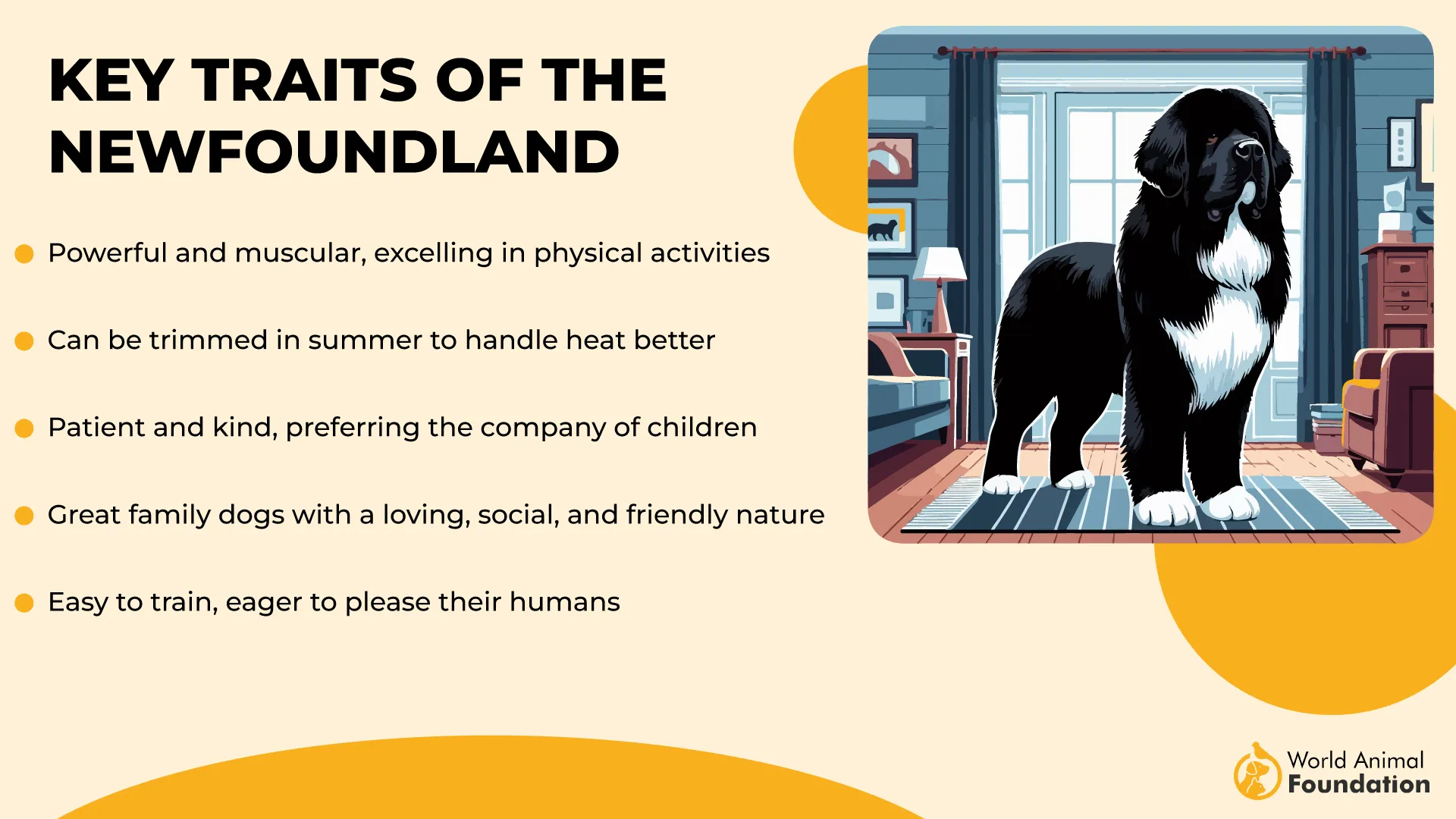
Though they’re big, they don’t throw their weight around. They carry themselves with quiet confidence, and their mellow attitude makes daily life feel a little more peaceful.
These are truly sociable dogs that thrive on connection. Whether it’s playing in the yard or simply lying at your feet, they just want to be near their people.
Newfoundlands benefit from early training and socialization, not because they’re difficult, but because they grow quickly and their size can be overwhelming without basic manners, as WebMD suggested.
While they do need space and regular grooming, their calm energy and loyal nature more than make up for the maintenance. These giants bring ease and balance to everyday life.
4. Pug
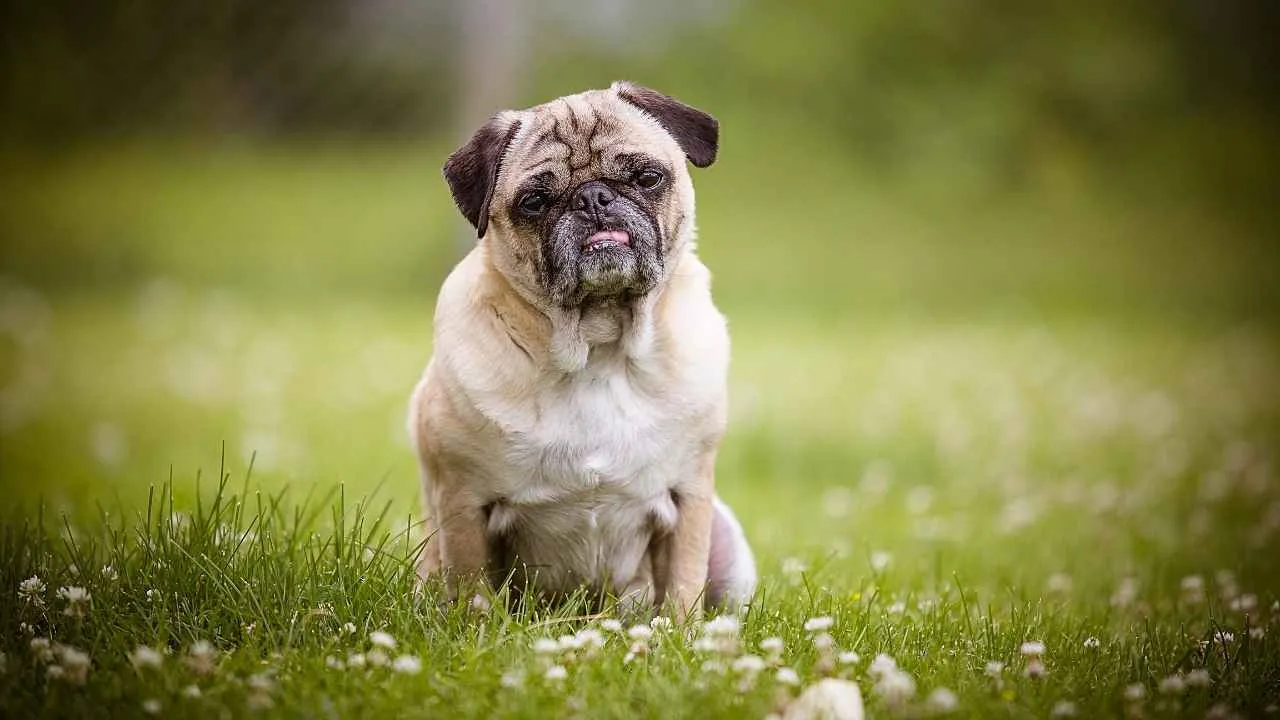
The Pug is a popular breed with roots that stretch back over 2,000 years to ancient China. Once adored by royalty, they’ve held on to their charm through the centuries.
These little dogs are known for being affectionate and silly, often trailing their favorite humans from room to room. They truly see themselves as part of the crew and expect to be treated like proper family members.
Pugs are brachycephalic, which gives them that iconic flat face and signature snort. It also means they tire easily and prefer cooler climates with gentle activity, as PetMD claims.
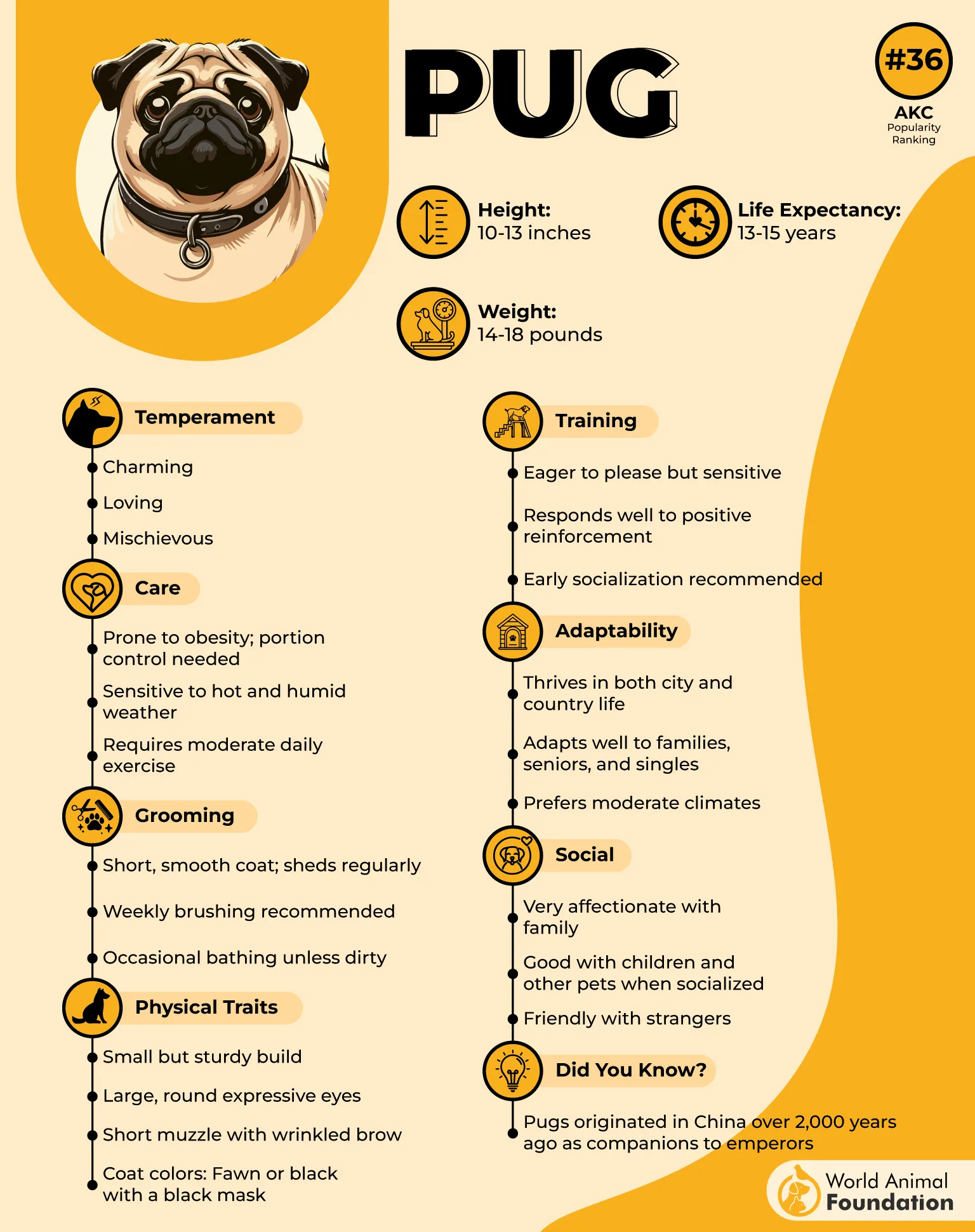
Short walks and mellow play sessions are ideal. Despite their lazy-day vibe, they still benefit from light mental stimulation to stay sharp and engaged.
They’re definitely not built for endurance, but they don’t need it. These pups are natural-born lap dogs, happy to curl up and snooze next to you after a stroll.
Their love for treats makes training fairly easy. Just be mindful of portions—little dogs don’t need much before it adds up.
Pugs may snore, pass a little extra gas, and act like comedians in their own homes. But with their gentle nature and cheerful spirit, they settle into a family like they’ve always belonged.
5. French Bulldog
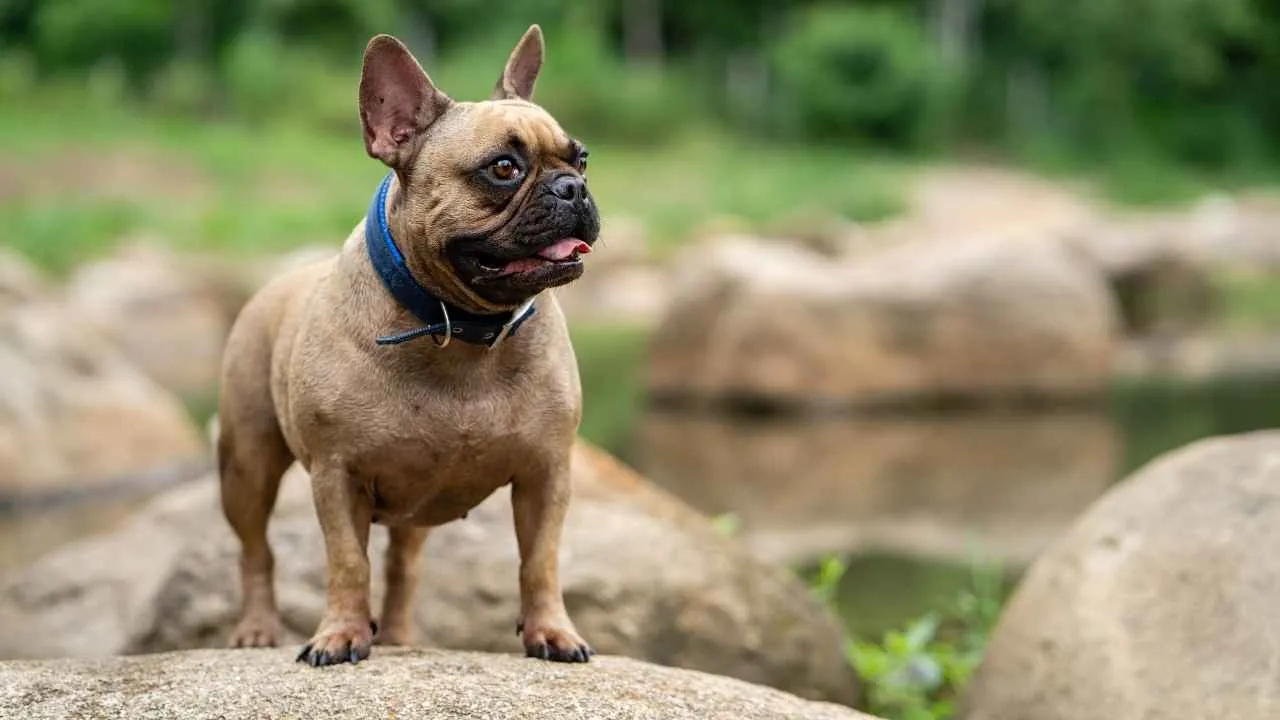
Quirky, playful, and full of energy, the French Bulldog is the epitome of a small dog with a big personality. Their cheerful spirit and manageable size make them an easy fit for most homes.
They’re extremely loving and quickly form strong bonds with their humans. Frenchies thrive in families, whether there are kids around or not. They’re not big on barking, which further adds to their charm. With the right socialisation, they can warm up to other breeds and even get along with cats.
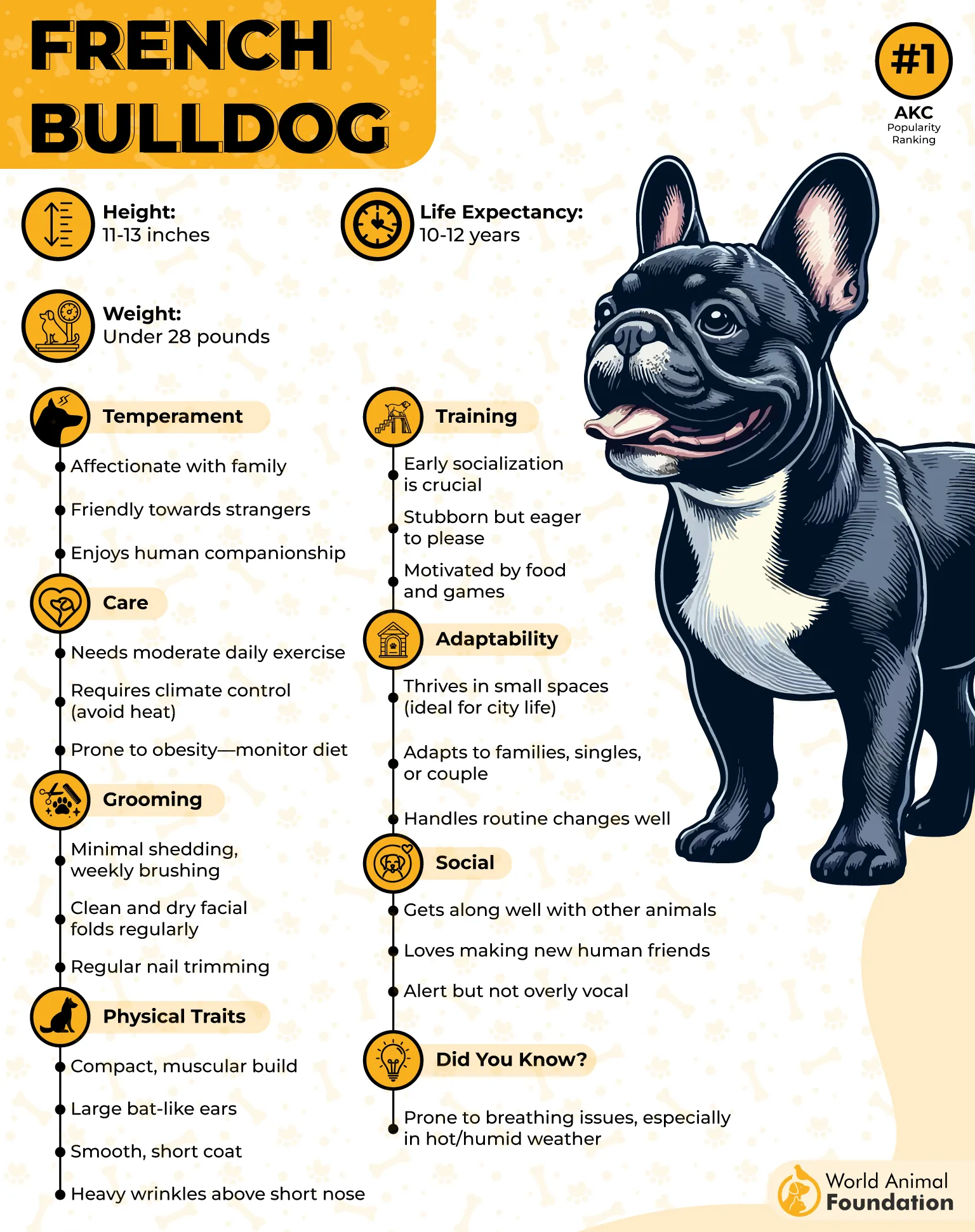
French Bulldogs need company—being left alone too often can trigger separation issues. Their curious side means they enjoy having safe spaces to explore, both indoors and outside.
Though they have an independent nature, consistent training helps them stay focused. Treats can work wonders early on, but it’s best to keep rewards in check to avoid extra weight.
They’re known for being a bit stubborn at times, but their playful streak usually shines through. Spreading out walks and play breaks keeps them happy without overdoing it.
Among the top breeds for city living, Frenchies bring laughter, warmth, and just the right amount of mischief. They may be small, but their presence fills the whole house.
6. Greyhound
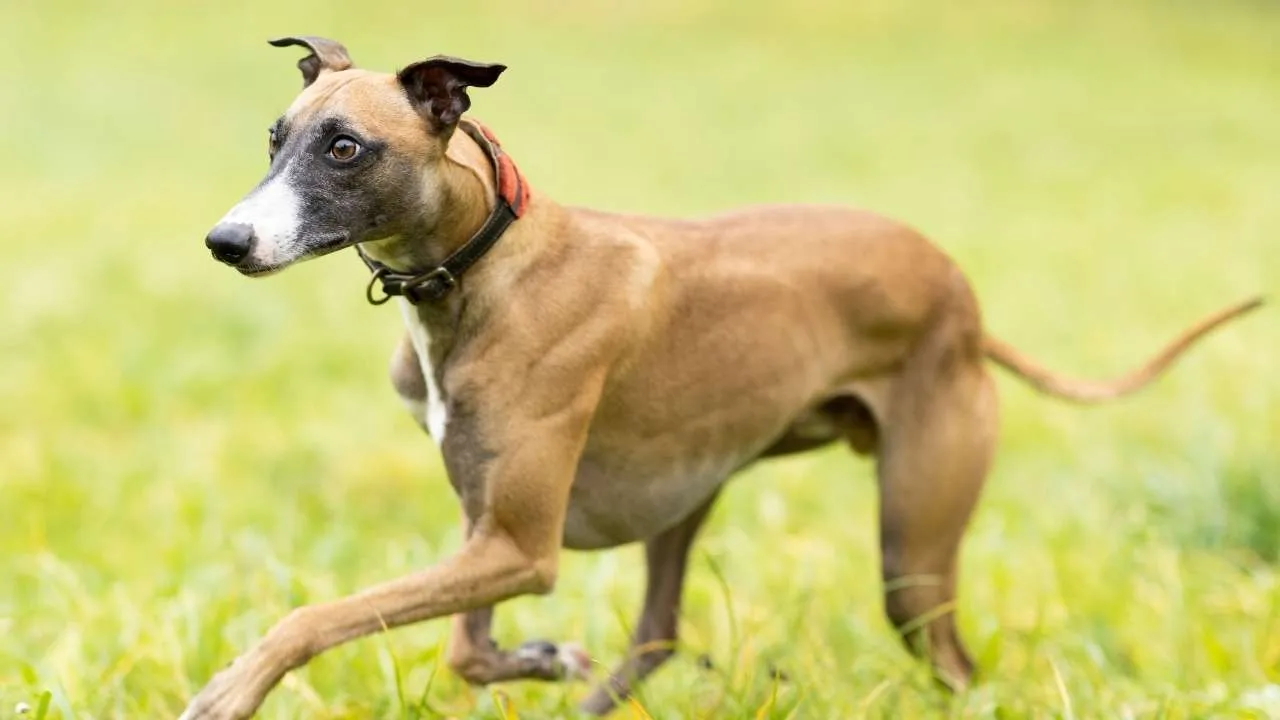
Despite being second only to the cheetah in speed, Greyhounds are famously lazy once indoors, as experts mentioned in the Greyhound Trust. They’re often happiest stretched out on their backs, legs in the air, catching up on rest.
These dogs are well-mannered and fit beautifully into homes that lean on the quieter side. Their calm presence makes them a soothing addition to any relaxed household. They are often even-tempered, but their strong prey drive makes it hard for them to coexist with cats or small animals.
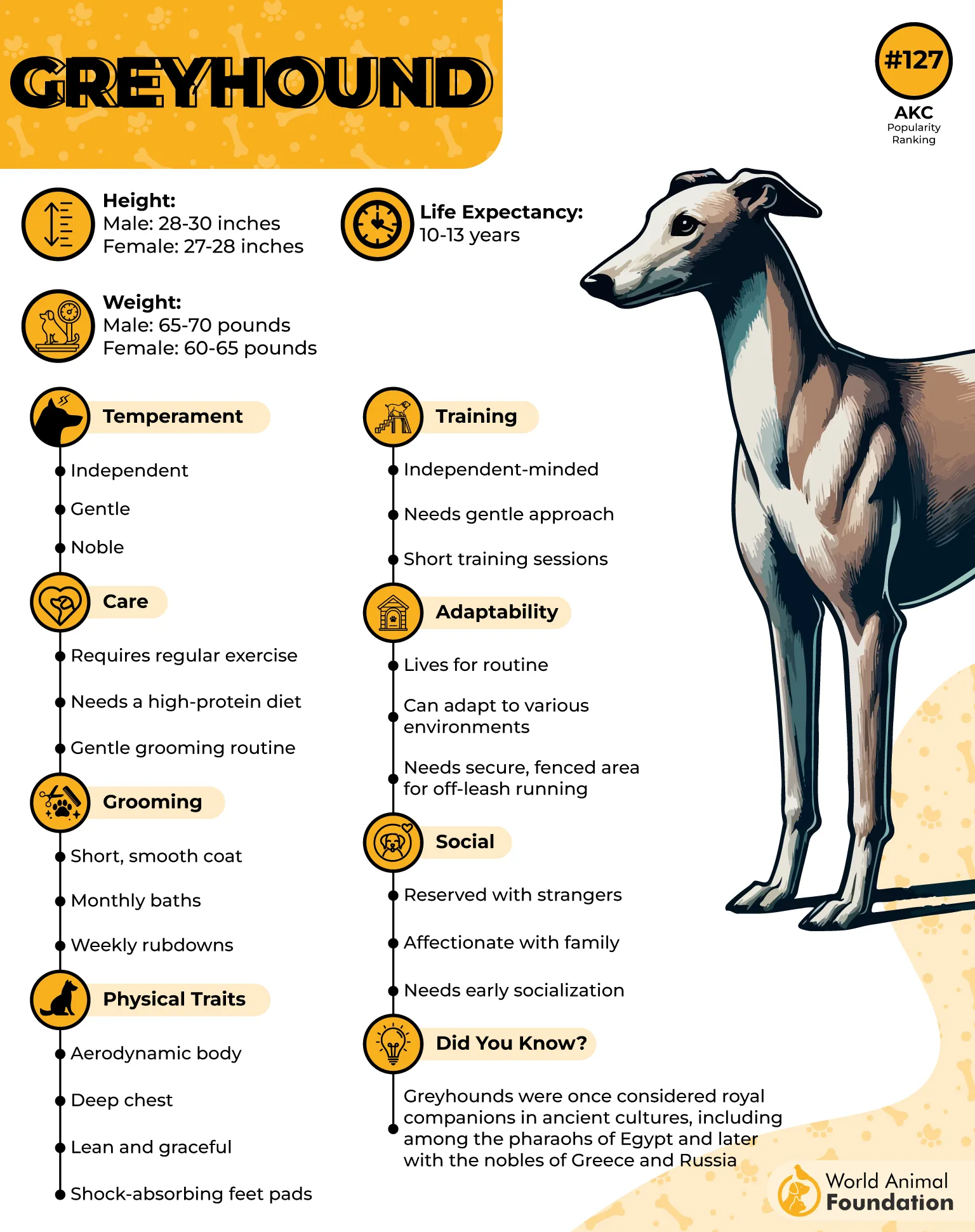
They enjoy short bursts of activity and don’t need much exercise beyond that. Training sessions should stay brief—five to ten minutes is usually enough to tire them out mentally.
A food reward goes a long way when working with them. Though not naturally suited for the “sit” command, they respond well to cues like “stay” or “lie down.”
Socialisation also matters, especially early on, since they can be wary around strangers. Without it, some may grow timid or overly cautious in unfamiliar settings.
They tend to be more independent than many breeds, handling alone time better than most. But with the right setup, Greyhounds can still be highly trainable companions.
7. Shih Tzu
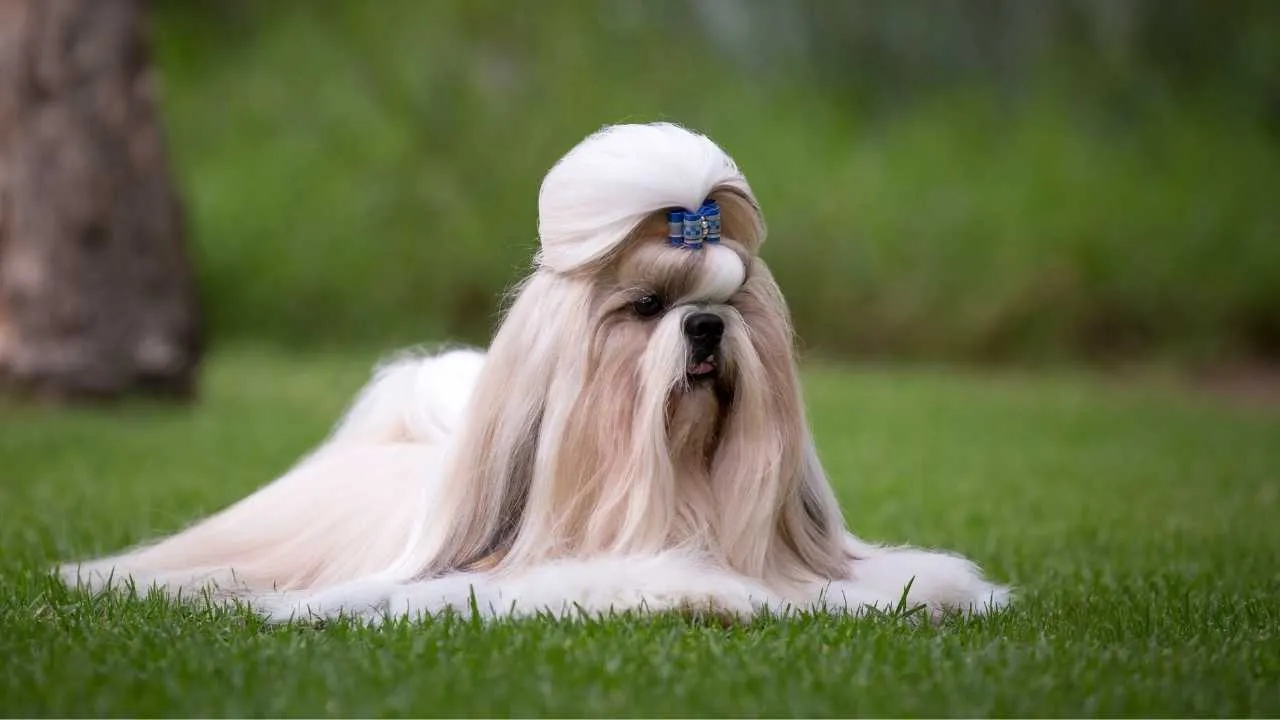
The Shih Tzu may look like royalty, and that’s no coincidence—these tiny charmers were once pampered palace pets in ancient China. Their entire purpose was to sit close, look adorable, and be doted on.
Despite the fancy history, they’re relaxed little dogs who just want to be around their people. They’re happiest following you from room to room, always close but never too demanding.
Their long, flowing coat requires regular brushing to stay neat, but many owners opt for a shorter “puppy cut” to keep grooming simple. Either way, they don’t shed much, which is always a plus.
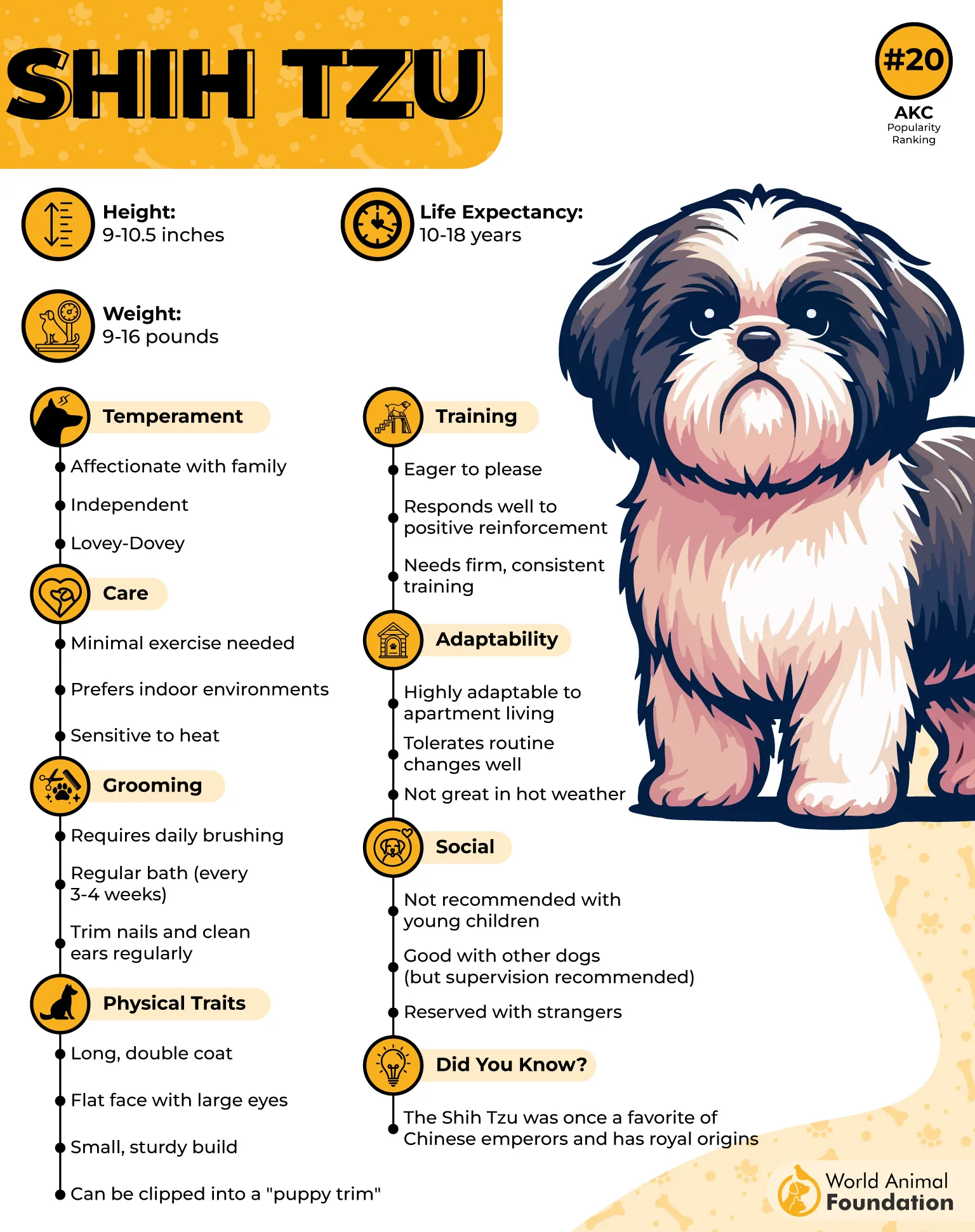
Shih Tzus aren’t built for rough play or long treks, but they’ll gladly join in for short walks and cozy cuddle sessions. A quick stroll and a soft blanket are usually enough to satisfy their daily needs.
Because they’re small and naturally gentle, they adjust well to apartment living and fit easily into slower-paced households. They’re good with kids, but supervision is still key with tiny hands around small dogs.
Training a Shih Tzu works best with patience and treats—they’re smart, but they also have a streak of stubborn independence. A calm tone and consistency go a long way. Shih Tzus are companions in the truest sense.
Conclusion
The perfect docile companion looks different for everyone. If you’ve got kids who want to play fetch every day, breeds like the Cavalier might offer the perfect balance of playfulness and calm. For those in apartments, a Shih Tzu or French Bulldog provides companionship without needing endless space.
These breeds weren’t developed as working dogs or for hunting—their primary purpose has always been human connection. They’re generally eager to please, making training a positive experience rather than a struggle.
While no dog is completely low maintenance, these beautiful pups tend to have reasonable exercise needs compared to more athletic breeds.
Consider your schedule carefully if you work long hours, as even gentle dogs can develop separation anxiety when left alone too frequently. The right match brings years of joy; the wrong one creates stress for both you and your pet.


